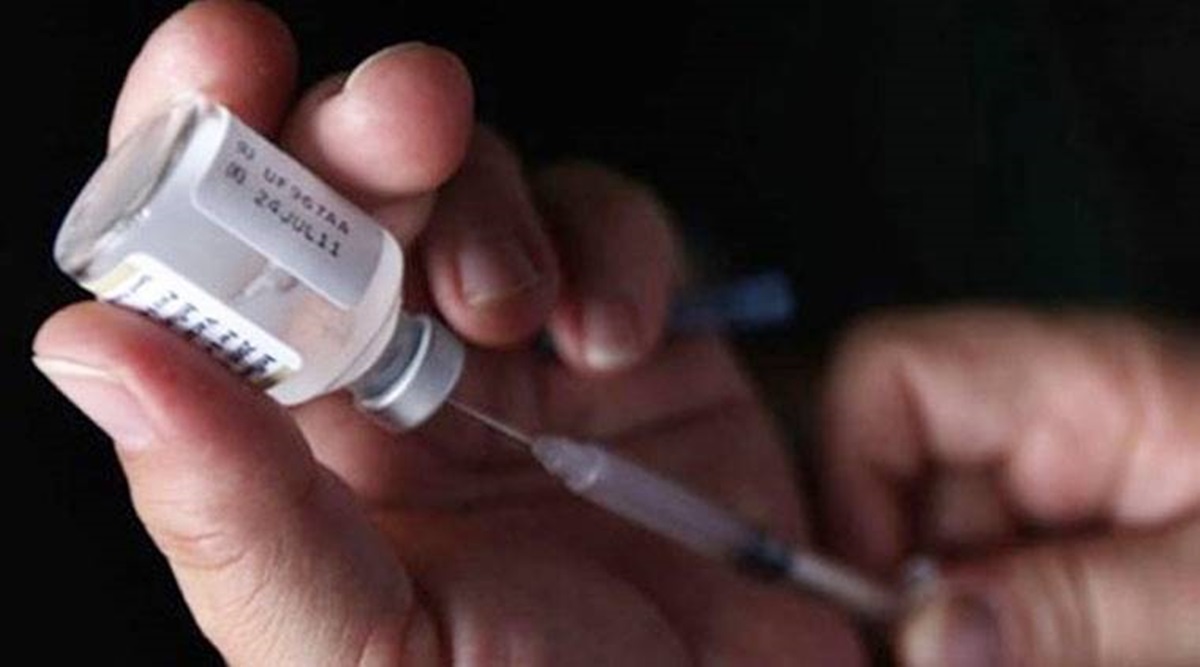 Polio is a highly infectious viral disease, which mainly affects children under five, with around one in 200 infections resulting in paralysis. (File Photo)
Polio is a highly infectious viral disease, which mainly affects children under five, with around one in 200 infections resulting in paralysis. (File Photo)Scientists have developed the first poliovirus vaccine against a mutated form of the disease that is causing disease outbreaks across Africa and Asia. The new vaccine, known as nOPV2, is directed against poliovirus type 2, and has improved genetic stability and is less likely to mutate and revert into a form of the virus that can cause infection and paralytic disease.
The new vaccine appears to be as safe and provides similar immune responses when tested in healthy adults, children, and infants, according to new research published in two papers in The Lancet. Based on results from these phase 2 clinical trials, the nOPV2 vaccine has received an Emergency Use Listing (EUL) recommendation from the WHO, making it the first vaccine ever to go through this pathway meant for global health emergencies.
The aim is to now use the vaccine for outbreak response for vaccine-derived poliovirus that is increasing across Africa as well as Afghanistan, Pakistan, the Philippines, Malaysia, and other countries. Currently, outbreaks are being tackled using the original Sabin oral vaccine for type 2 polio. In a new research, published on Wednesday, scientists evaluated the two nOPV2 candidates in parallel clinical studies in adults, young children, and infants in two different countries to assess their safety and immunogenicity compared with the licensed Sabin mOPV2 they are designed to replace.
Lead author of the study in adults, Prof. Pierre Van Damme from the University of Antwerp in Belgium says: “Millions of people potentially have no immunity to the spread of vaccine-derived virus, which is caused when the weakened live virus in oral polio vaccines mutates and regains its ability to become infectious, cause disease, and spread in communities with low vaccination rates. The nOPV2 vaccine appears at least as safe and effective as the Sabin vaccine and genetically more stable, and could be a key breakthrough towards a polio-free world.
In India, while national immunisation officials stressed the need to be on a constant vigil. “We are maintaining our guard and tools like this new vaccine are required as the polio endgame strategy,” a top official said.
Eradication efforts have been challenged by increasing outbreaks of circulating vaccine-derived poliovirus (cVDPV), with over 90% of cases caused by mutations in a strain of type 2 poliovirus. This risk is what led to the global withdrawal of the type 2 component of the oral trivalent vaccine in May 2016. However, this effort failed to curb all type 2 poliovirus transmission, with numbers of type 2 cVDPV cases increasing from 71 in 2018 to 739 cases in 2020 (as of December 3, 2020). WHO maintained its categorisation of type 2 cVDPV as a Public Health Emergency of International Concern on October 22, 2020.
Polio is a highly infectious viral disease, which mainly affects children under five, with around one in 200 infections resulting in paralysis. Of those paralysed, 5-10% die when their breathing muscles become immobilised. While there is no cure, polio can be prevented through vaccination against the three polio types, 1, 2 and 3 in trivalent vaccines.
Vaccination campaigns had almost eradicated wild polio virus from the world-with cases falling by over 99% since 1988, from an estimated 350,000 cases to 33 reported cases in 2018. Wild-type 2 and 3 polioviruses have been declared eradicated by the WHO, with wild-type 1 only persisting in parts of Afghanistan and Pakistan. Lead author of the studies in children and infants, Dr Ricardo Rüttimann from the US non-profit Fighting Infectious Diseases in Emerging Countries, said, “Our findings show that both novel OPV2 candidates are safe, well-tolerated, and immunogenic in young children and infants.”